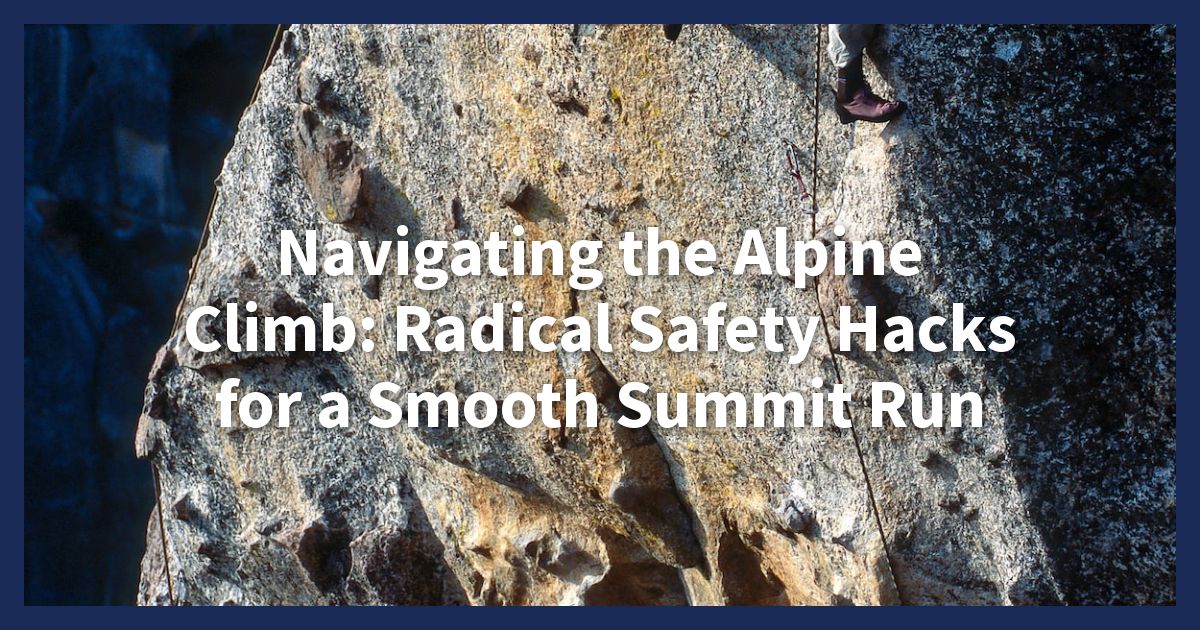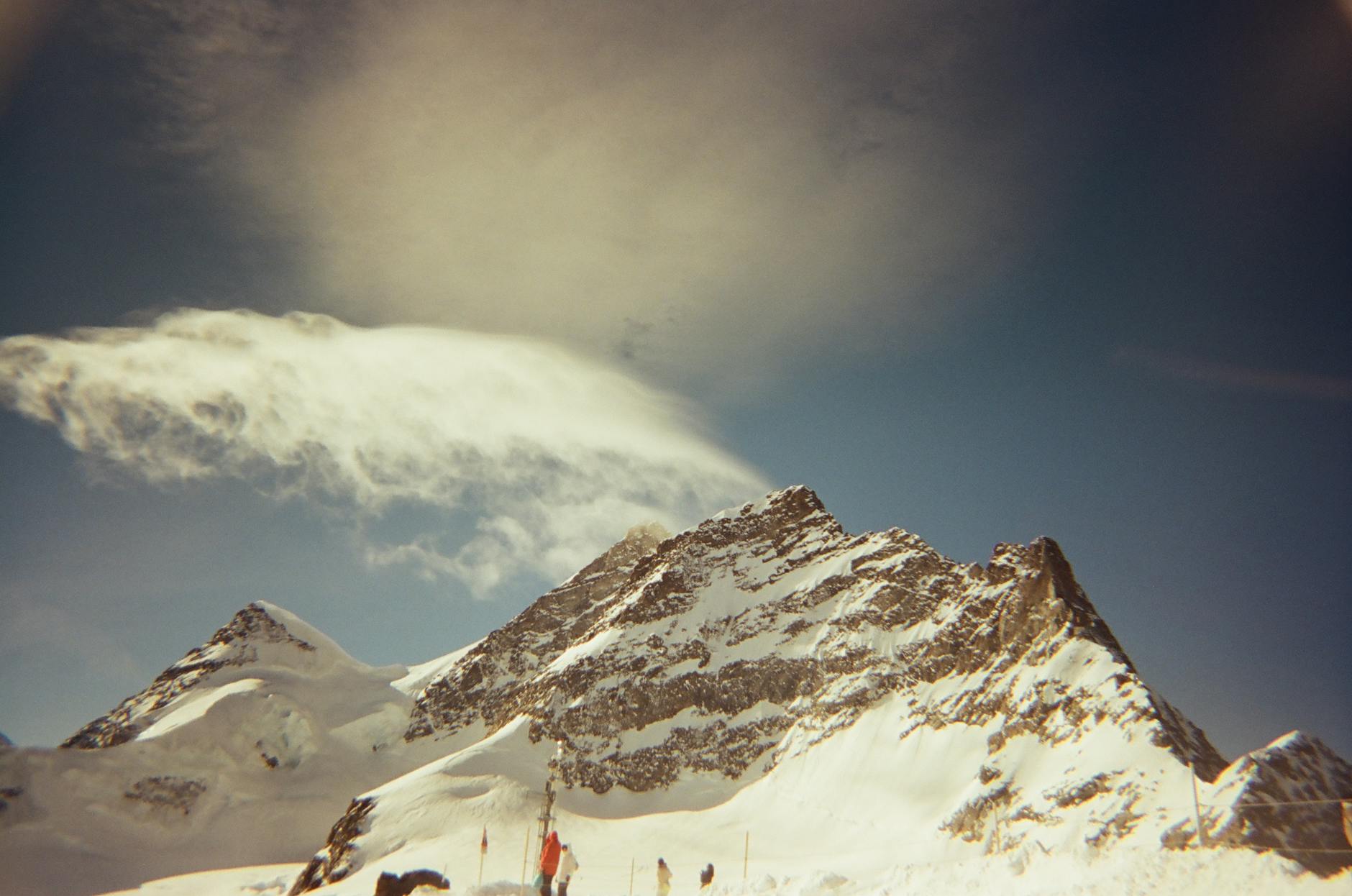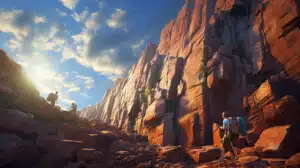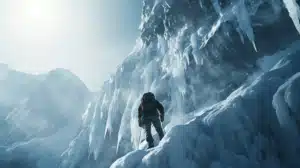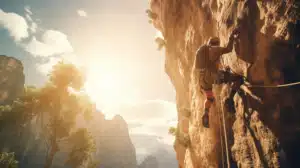Table of Contents
ToggleHow to Stay Safe While Alpine Climbing
Are you ready to hit the mountains for some alpine climbing adventure? Before you go all gung-ho, it’s crucial to arm yourself with some essential safety tips to ensure you come back in one piece – and not featured in a dramatic rescue story on the evening news. Trust me, it’s not a good look. So, grab a snack, take a seat, and let’s dive into the must-know safety tips for alpine climbing.
The Basics of Alpine Climbing Safety
Before embarking on an alpine climbing adventure, it’s essential to have a thorough understanding of the basic safety measures that can make or break your experience. From evaluating the terrain to assessing weather conditions, being well-prepared is the key to a successful climb.
Know Before You Go
Understanding the terrain and route you plan to tackle is crucial before setting foot in the mountains. Research the area, including the elevation, potential hazards, and any recent incidents to gauge the level of difficulty. Websites like Mountain Project provide valuable insights from experienced climbers and offer route beta for various alpine climbs.
Gear Up Right
Equipping yourself with the right gear can significantly impact your safety. Invest in sturdy ropes, harnesses, helmets, and appropriate footwear to navigate challenging terrain. Additionally, carrying essential safety gear, such as a first-aid kit, navigation tools, and a reliable communication device, can provide peace of mind in unforeseen circumstances. Check out REI’s guide for a comprehensive list of gear essentials for alpine climbing.
Weather Watch
The unpredictable nature of alpine weather necessitates a keen eye on forecasts and real-time conditions. Utilize reliable resources like the National Weather Service or specialized alpine climbing weather platforms to stay updated on impending weather patterns. Remember, a clear, sunny sky at the base does not guarantee stable conditions at higher altitudes. It’s a wise move to familiarize yourself with weather-related analogies and metaphors relevant to alpine climbing. For instance, knowing that “cotton candy clouds” might signal an impending storm can be a game-changer in your safety strategy.
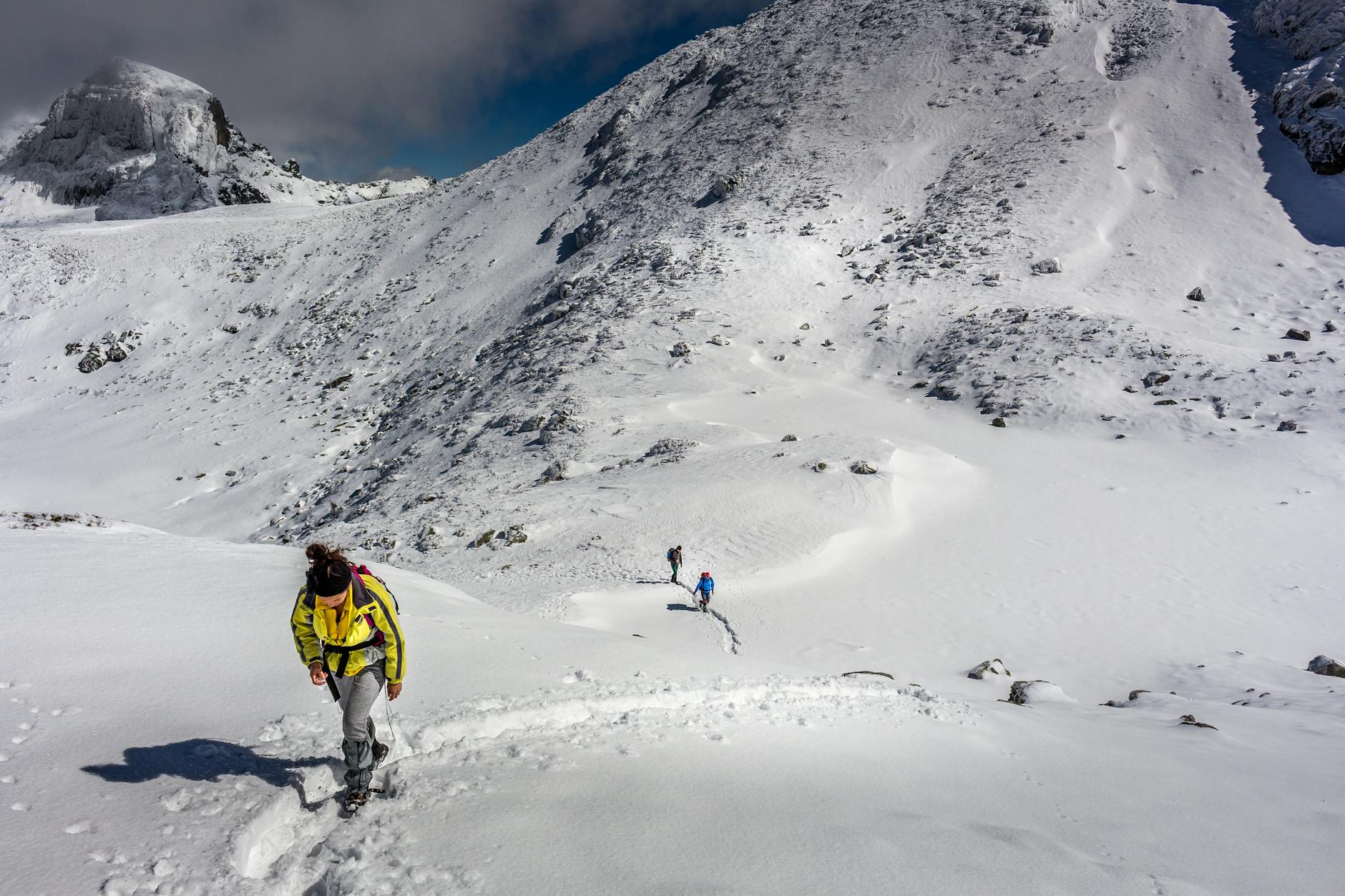
Skill Set and Physical Prep
Climbing requires a specific skill set and physical conditioning to ensure safety and success. Here are some training tips and conditioning essentials for aspiring alpine climbers.
Training Tips for Top-Notch Climbing
To become a top-notch alpine climber, it’s essential to focus on both strength and endurance. Incorporating exercises like pull-ups, core strengthening, and grip strength training can significantly improve your climbing abilities. Additionally, practicing balance and agility exercises can enhance your overall climbing performance.
Conditioning
Conditioning plays a crucial role in alpine climbing. It’s important to focus on aerobic conditioning to build endurance for long climbs. High-intensity interval training (HIIT) and cardio workouts like running, cycling, or swimming can aid in improving cardiovascular fitness, which is vital for alpine climbers tackling high altitudes and long ascents.

Engaging in regular strength training and flexibility exercises can also help prevent injuries and enhance overall performance during climbs. Proper conditioning is the cornerstone of a successful and safe alpine climbing experience.
On the Climb: Practical Safety Measures
Climbing isn’t just about reaching the peak; it’s about doing so safely. Here are some practical safety measures to ensure a secure and enjoyable climb.
Buddy System
Embracing the buddy system isn’t just a throwback to elementary school field trips; it’s a crucial safety measure. Having a climbing pal means having an extra set of eyes to check your gear, provide support, and, in the worst-case scenario, assist in an emergency. Picture it as having your own personal safety net, but less cumbersome and a lot more reliable.
Photo by Eric Doyoon Kim
Communication is Key
When scaling the heights, effective communication isn’t just a casual recommendation; it’s an absolute necessity. Developing a clear system of signals and shouts can mean the difference between a smooth ascent and a calamitous chaos. Think of it as developing your own secret language with your climbing buddies – one that doesn’t involve decoding emojis or internet slang.
Photo by Kindel Media
Navigating the Climb
Exploring the unknown is exhilarating, but navigating a climb without a map or compass is like trying to find your way through a maze blindfolded – it’s not advisable. Knowing your route and keeping track of your location using the appropriate tools can turn a potentially perilous outing into a successful and safe adventure.
Anchors Aweigh
Your anchors are the unsung heroes of your climb – keeping you secure, stable, and preventing any unexpected plunges. Double-checking your anchors and ensuring their reliability isn’t just a safety precaution; it’s an ode to the unsung heroes of climbing – the ones that keep you from joining the local population of mountain goats.
Stay tuned for more tips on how to ensure a safe alpine climbing experience!
Advanced Safety Techniques
When it comes to alpine climbing, advanced safety techniques are crucial for ensuring a successful and secure ascent. In this section, we’ll delve into the essential skills and protocols every alpine climber should be well-versed in.
Self-Rescue
Self-rescue skills are indispensable for any alpine climber. Should a climber encounter an unexpected situation, the ability to perform self-rescue techniques can be a literal lifesaver. Techniques such as ascending a rope, crevasse rescue, and improvised harnessing are vital skills that every alpine climber should be proficient in. Being able to rely on oneself in challenging situations can make all the difference in the mountains.
Emergency Protocols
In alpine climbing, being prepared for emergencies is non-negotiable. From severe weather conditions to unexpected injuries, having a solid understanding of emergency protocols is essential. This includes knowing how to summon help, administering first aid, and constructing emergency shelters. Additionally, familiarity with communication devices such as personal locator beacons (PLBs) and satellite phones can be a game-changer in critical situations.
Risk Assessment
A comprehensive risk assessment is a fundamental component of alpine climbing. Understanding the terrain, weather patterns, and potential hazards is imperative for making informed decisions while on the mountain. Utilizing tools like the Munter method for assessing avalanche risk and employing critical thinking to evaluate the overall risk landscape are essential skills for every alpine climber.

The Mindset for Safe Alpine Climbing
Climbing in the alpine environment requires mental preparedness and a strong climber’s intuition. It’s not just about physical strength; it’s also about being mentally attuned to the challenges and potential dangers of alpine climbing.
Mental Preparedness
Mental preparedness is essential for safe alpine climbing. It involves being aware of the risks and challenges associated with high-altitude climbing, as well as understanding the importance of decision-making in unpredictable mountain conditions. Climbers should cultivate mental resilience to handle unexpected situations and make sound judgments under pressure.
The Climber’s Intuition
A climber’s intuition, often developed through experience, is an invaluable asset in alpine climbing. It’s the ability to assess environmental cues, anticipate changes in weather and terrain, and instinctively recognize potential hazards. This intuitive sense is honed over time and can significantly contribute to safe decision-making during challenging climbs.
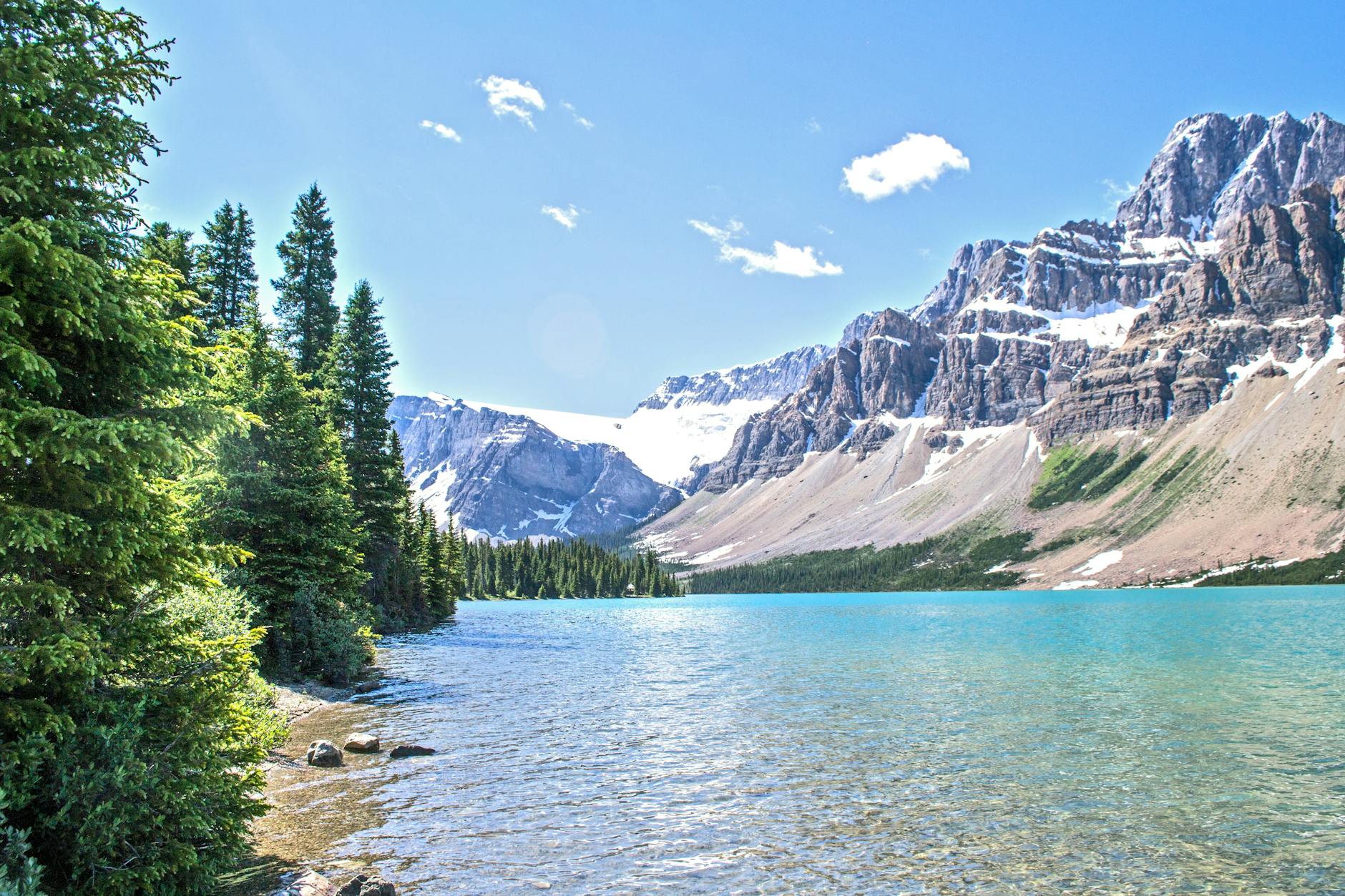
Leave No Trace and Climbing Ethics
Before embarking on an alpine climbing adventure, it’s crucial to understand the principles of Leave No Trace and the ethics of climbing. This not only ensures the conservation of natural landscapes but also fosters a culture of respectful and sustainable outdoor recreation.
Protecting the Peaks
It’s imperative to minimize our impact on the environment while alpine climbing. This involves adhering to the “Leave No Trace” principles, which emphasize actions such as packing out all trash, minimizing campfire impacts, and respecting wildlife and vegetation. By leaving the natural environment as pristine as we found it, we contribute to the preservation of these awe-inspiring landscapes for future generations of climbers to enjoy.
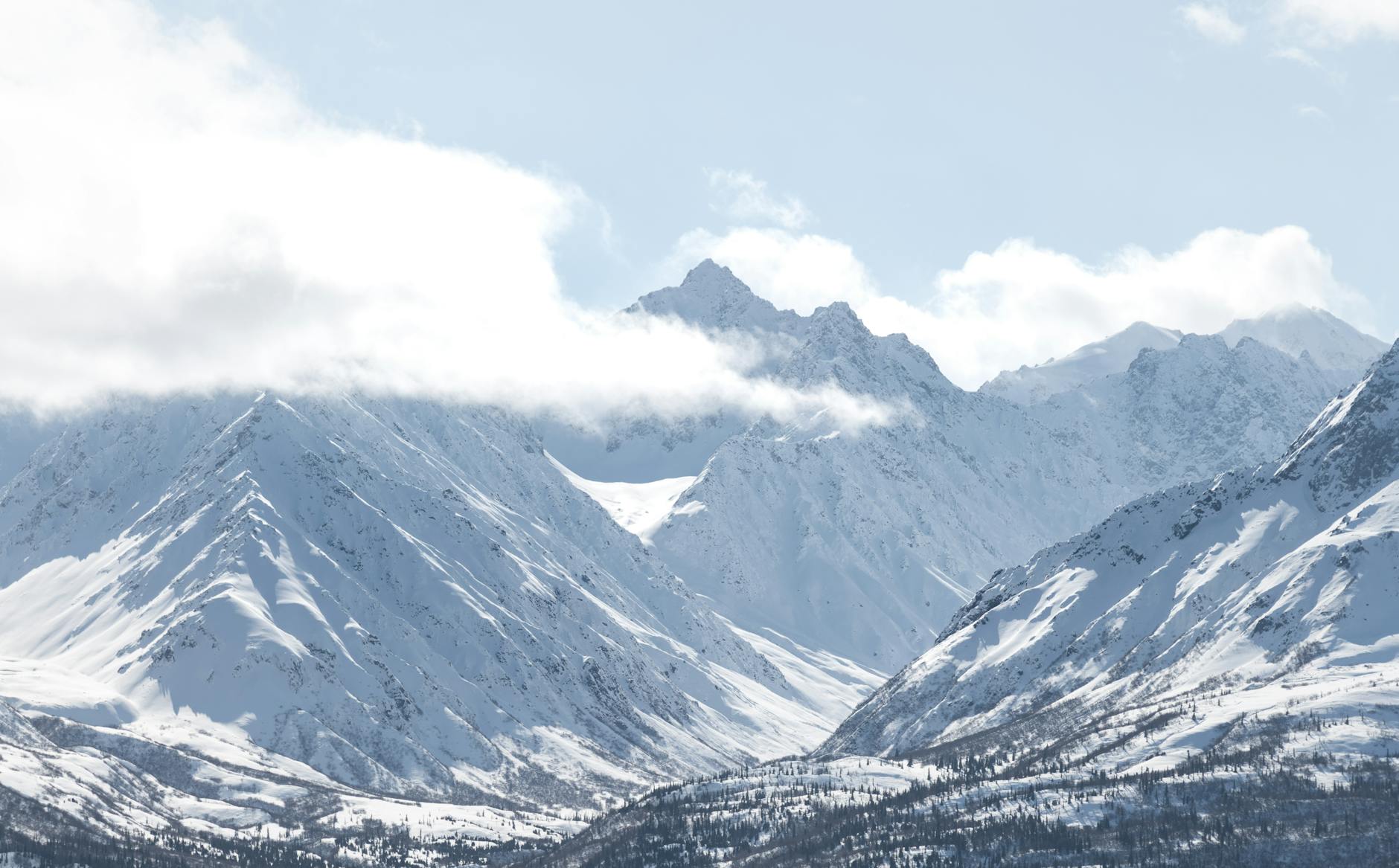
Respectful Climbing
Respectful climbing involves more than just treading lightly on the mountainside. It encompasses ethical behavior towards other climbers, local communities, and indigenous cultures. This means adhering to access agreements, obtaining necessary permits, and being considerate of other climbers by minimizing noise and avoiding overcrowding at popular climbing sites. Additionally, it’s essential to respect the traditions and beliefs of the communities living in and around the climbing areas.
By embodying these values, we contribute to the sustainability of alpine climbing, ensuring that our adventures do not come at the expense of the natural environment or the enjoyment of others.
Remember, while conquering peaks, let’s also conquer our egos and leave behind nothing but our footprints.
Conclusion
Remember, safety is key when it comes to alpine climbing. Always assess your skills and the conditions before embarking on a climb. Keep your gear in top-notch condition, have a plan in place for emergencies, and stay mindful of the weather. Communication, preparation, and common sense can make all the difference when you’re out on the rocks. So, keep these tips in mind, and happy climbing!

